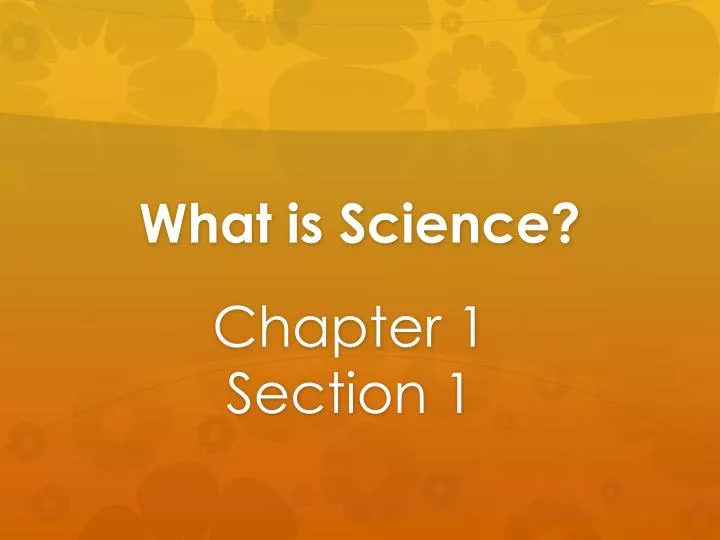
It should also be testable in some way and doesn’t necessarily have to be right. The hypothesis should be a potential explanation or answer to the question. The question, in this case, is, “Why isn’t my toaster working?”

The observation you make from this problem is that your toaster won’t toast. Let's say you put slices of bread in your toaster, you press the button, but nothing happens. You can apply the scientific method to practical problems that you face in your daily life.
Iteration. This involves looking back on the whole process and the results you achieved to make new hypotheses or predictions. Testing the prediction. With testing, you carry out an experiment to test how accurate your prediction is. Prediction. This is what you think will happen based on your hypothesis. It can be an assumption rather than a fact. Forming a hypothesis. This involves proposing an explanation of how or why the natural phenomenon is happening. Asking a question. Here, you form relevant and testable questions based on your observations. Observation. This involves observing and gathering information from a certain aspect of the natural world. The scientific method is a step-by-step problem-solving process. They supported the use of inductive reasoning to formulate hypotheses and gain a new understanding of reality. The two philosophers argued that research shouldn’t be guided by preconceived metaphysical ideas of how reality works. 
Francis Bacon and René Descartes formalized the scientific method. The idea of the scientific method began in the 16th and 17th centuries. When using the scientific method, scientists follow a set of scientific method steps. The scientific method is a strategy used to try and explain natural science rationally by obtaining and evaluating data. It involves the formulation of hypotheses and application to come up with logical explanations.






 0 kommentar(er)
0 kommentar(er)
